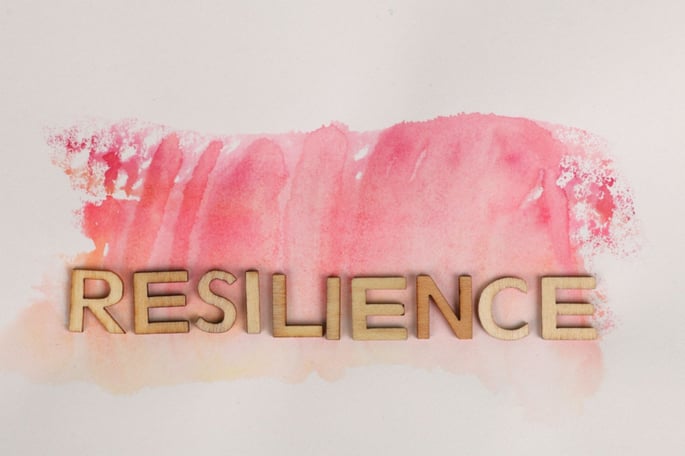The surprising science of bath toys.
2-minute read
Happy Rubber Duck Day!
Celebrated every January 13th, Rubber Duck Day is an opportunity to pay homage to one of the most iconic home-spa accessories of all time. Not only is a rubber duck a crucial component of a successful bubble bath, but it’s also the inspiration for one of the most influential problem solving techniques we know at LifeLabs: talking to yourself.
Talking to ourselves isn’t just something we (author’s note: I) do while splashing around in the bathtub. It turns out that speaking out loud is a best practice for solving problems, prioritizing competing variables, and even bouncing back from failure.
History
The story goes that one upon a time a programmer was stuck on a problem. Frustrated that their code wasn’t working the way they wanted, but unable to find someone to talk to, they began talking to the toy rubber duck that had ended up on their desk. At first they felt weird, but the duck was a patient listener. As the programmer gained confidence, they began monologuing about what they were trying to accomplish, the possible obstacles, and their hypothesis about what might work. Suddenly, the programmer said the solution out loud. He thanked the rubber duck and went back to work. Thus, “rubber ducking” was born.
As the quacky idea spread, coders began using whatever they had around--teddy bears, bobbleheads, dogs. The key was they needed someone to talk to who would listen patiently rather than offer a solution.
Why It Works
Psychologists call this practice self-talk, and credit it with being one of the foundational skill sets of high achievers in any discipline. Research into self-talk shows that when we verbalize our inner monologue, we are better able to organize our thinking and feel more in control of the world around us. We can self-regulate our emotions, learn from difficult experiences, and maximize our abilities. In fact, sports psychologists have been training professional athletes in self-talk for decades.
In our Coaching workshop, we tell participants the story of the rubber duck to remind managers that one of the most effective strategies they can employ is to borrow the duck’s main qualities: silence. It’s tempting to jump in with solutions, but great managers know when to ask a good question and then give space for direct reports to do their best verbal processing.
So next time you’re not sure what to work on next, are stuck on a difficult problem, or are simply overwhelmed by the state of the world, reach for your closest yellow friend and talk it out.
Want more on the power of asking good questions and letting people talk? Check out our top 20 resetting questions here.





